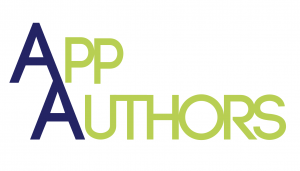Diversity was one of the concerns driving the creation of our prior planning grant, Closing the App Gap, and it remains a cornerstone of the currently proposed project. Our core partners all serve diverse populations of youth. The Unit 4 School District of Champaign County serves a majority–minority student body, with 39% of its students African American and over 55% of its students from low-‐income families. The Douglass Branch Library of the Champaign Public Library serves a primarily African-‐American community. The Springfield Public Library is situated in Springfield, Oregon, a town with a significant Latino population (12.1% at the last census) and a high percentage of low-‐income residents. The Frederick (MD)County Public Libraries serve Frederick County, which is 9% African American and 8% Latino; the city of Frederick itself is 14% Latino and 18% African American.
We will ensure that our programming is inviting to young people not already interested in coding and STEM, and as we create our plans for programming at those sites, we will work with our partners to identify methods to particularly encourage the participation of girls and of minority and underrepresented youth in those schools and libraries. Those methods will become part of the curriculum and protocols we disseminate as an outcome of the project. Additionally, in our recruiting plans for our two to five additional third-‐year partner sites, we will prioritize schools and libraries in areas with a significantly minority or underserved population and explore ways to reach out to such possible participants. We are already in talks with two possible subsequent sites in communities with large minority populations. We are also exploring complementary funding opportunities, including possible corporate donors, to contribute funds or hardware that would provide an opportunity for institutions that currently lack technology and technology budgets to participate.
The result will be a project that excites interest in apps, coding, and STEM in young people who may not otherwise have developed their potential in this area, and a template that allows multiple sites to adopt a curriculum that will engage and enrich underserved young people.

